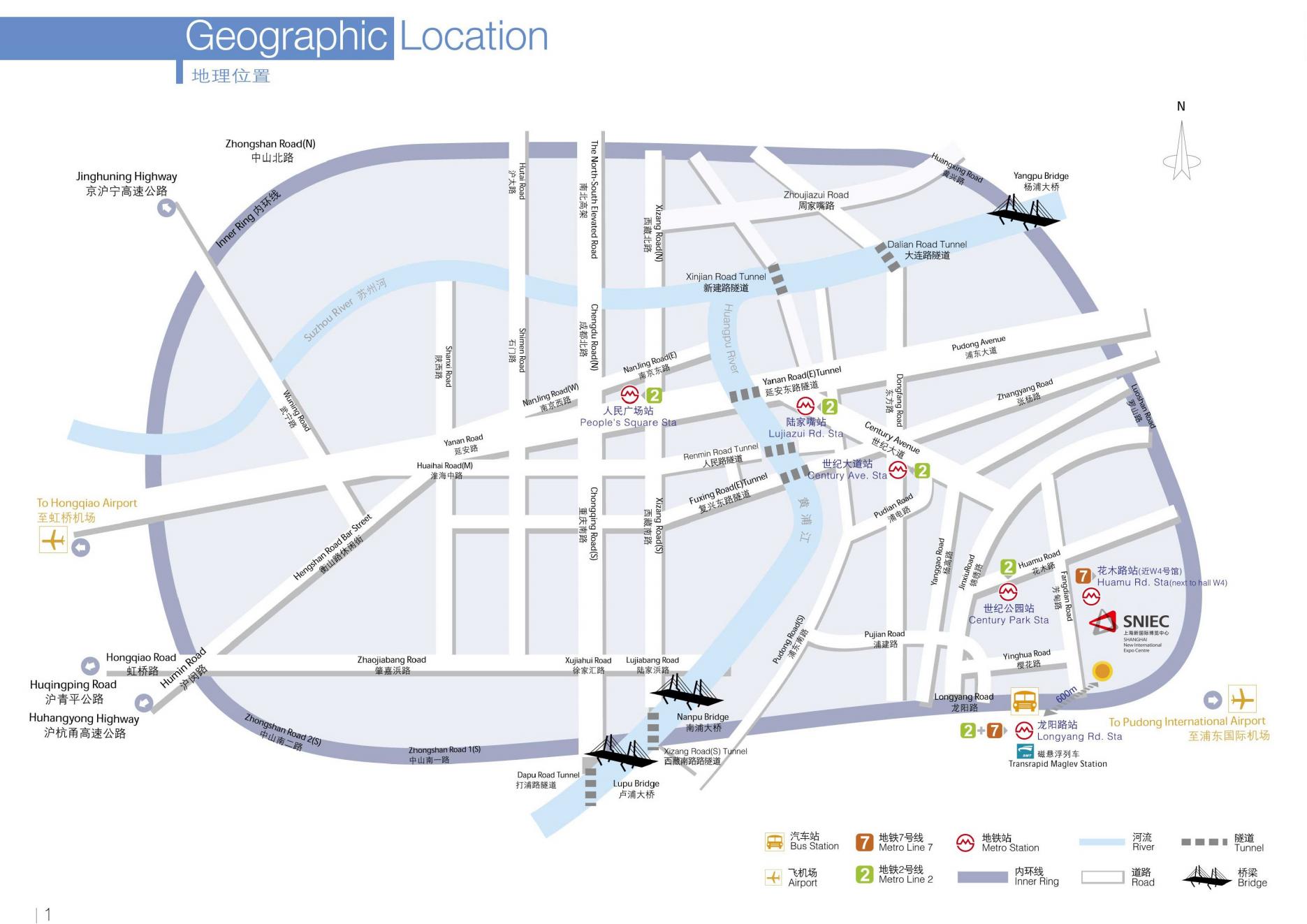On June 19, the summer in Shanghai was filled with the heat of science and technology, and the IOTE 2025 Shanghai Intelligent Sensing Ecosystem Seminar was held as scheduled amid much anticipation.
This industry event focusing on the intelligent sensing ecosystem attracted representatives and technical experts from multiple fields such as chip research and development, module manufacturing, IoT solution provision, and industry applications to gather together to conduct in-depth exchanges around the innovative application and ecological construction of intelligent sensing technology, injecting new momentum into the development of the IoT industry, especially the intelligent sensing field.
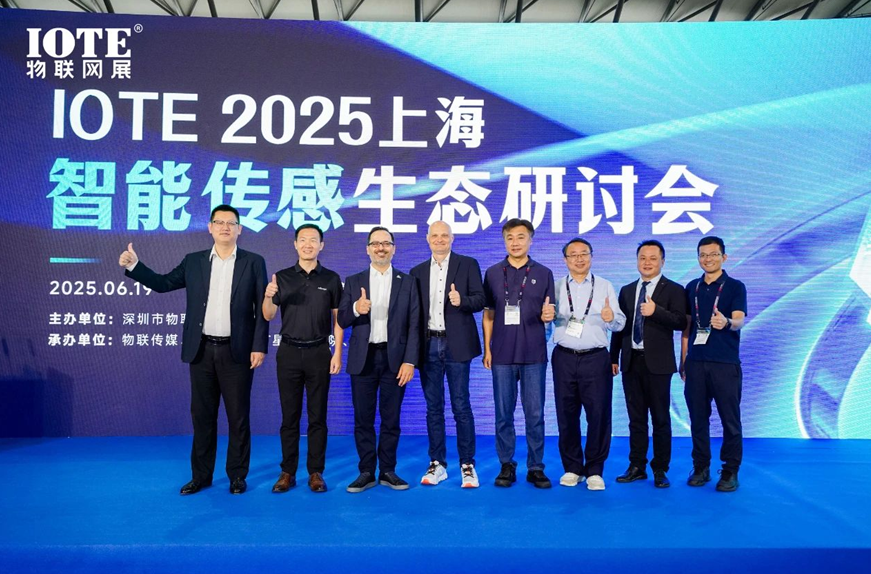
At the seminar, Qiao Lei, deputy manager of the artificial intelligence division of Beijing Zhixin Microelectronics Technology Co., Ltd., introduced that the AIoT digital twin architecture is becoming popular. Zhixin has launched a full range of artificial intelligence terminal products and solutions covering cloud, edge, and end, which can fully support artificial intelligence businesses in various industries.
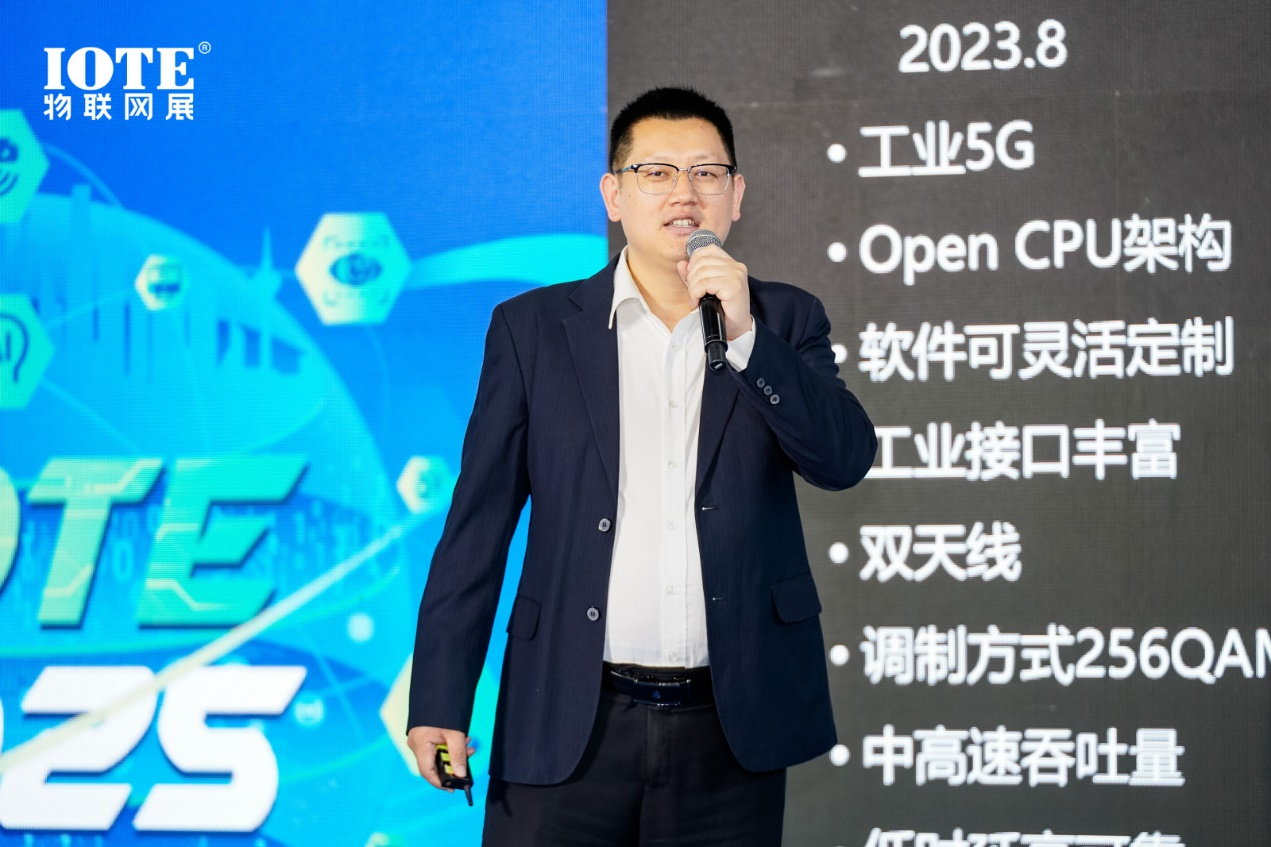
LoRa Alliance CEO Alper Yegin shared that LoRaWAN has the performance characteristics of low power consumption and wide area network, supports the construction of public networks, private networks and community networks, and its application scenarios include smart metering, smart buildings, asset tracking, smart agriculture, smart industry, etc.
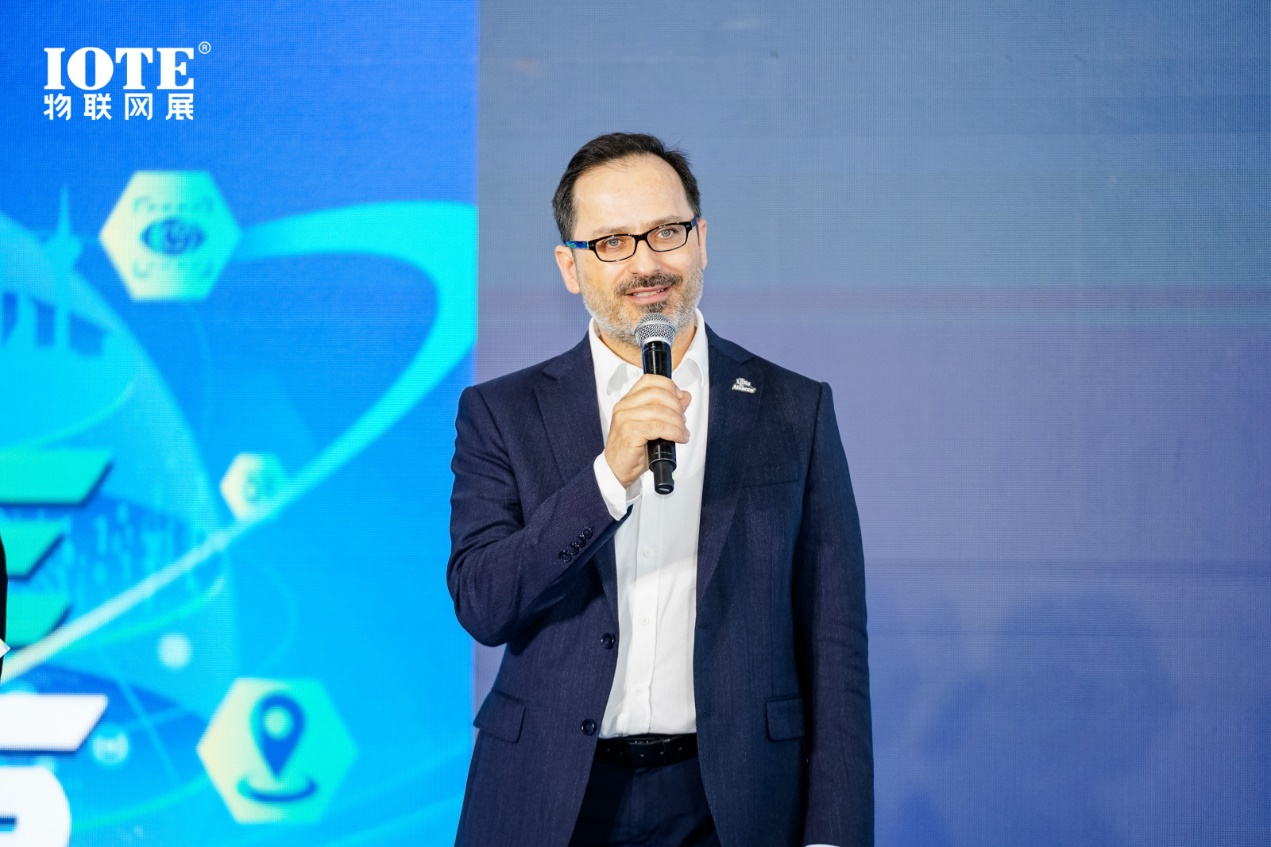
Li Changlin, business cooperation manager of Xiamen Xingzong IoT Technology Co., Ltd., said that Xingzong IoT has been committed to the construction of digital sensing ecological products and promoting low-carbon ecological development with wireless low-power technology.
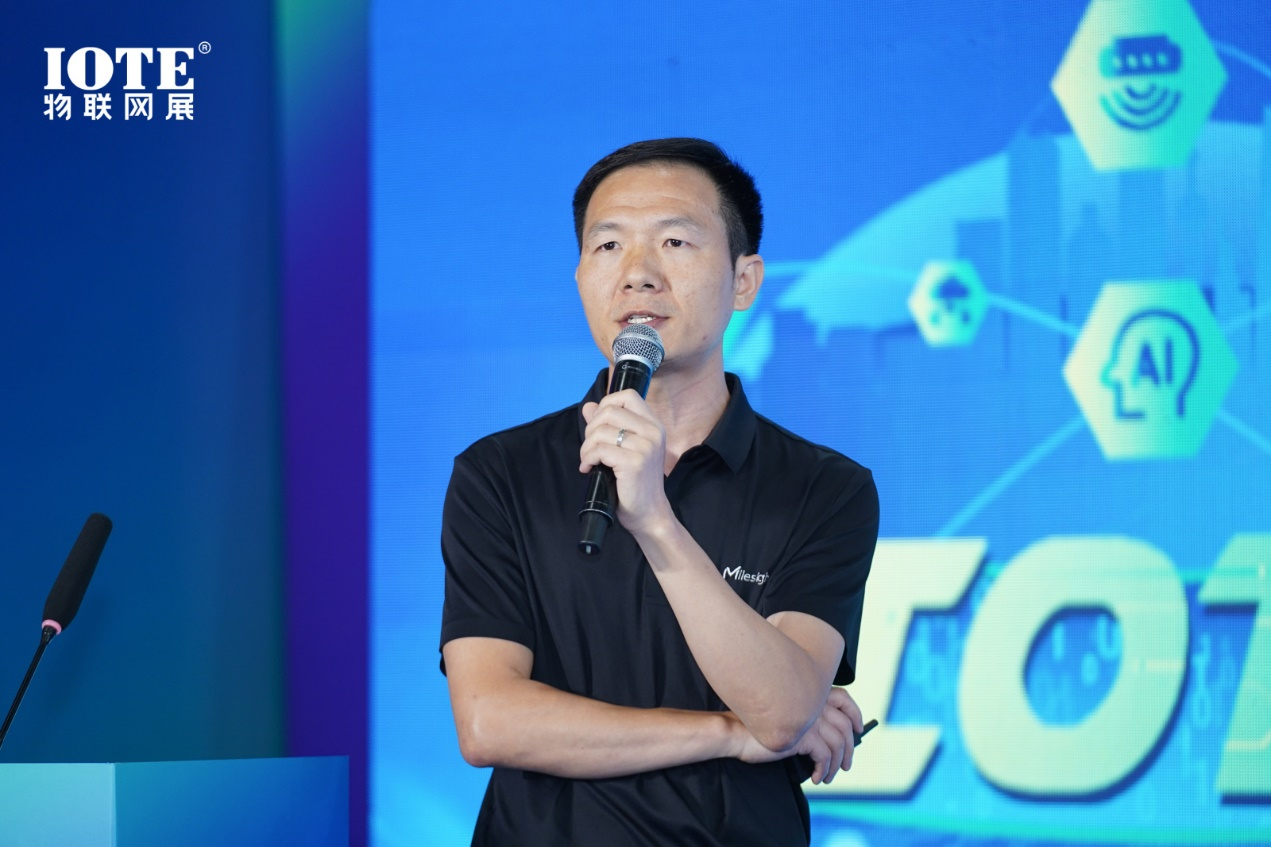
Robert Comanescu, General Manager of Semtech IoT Chips, introduced LoRa as a leading technology in the LPWAN field. As of May 2025, there are more than 450 million terminal nodes equipped with LoRa chips deployed worldwide. According to research data, LoRa is maintaining a strong growth momentum.
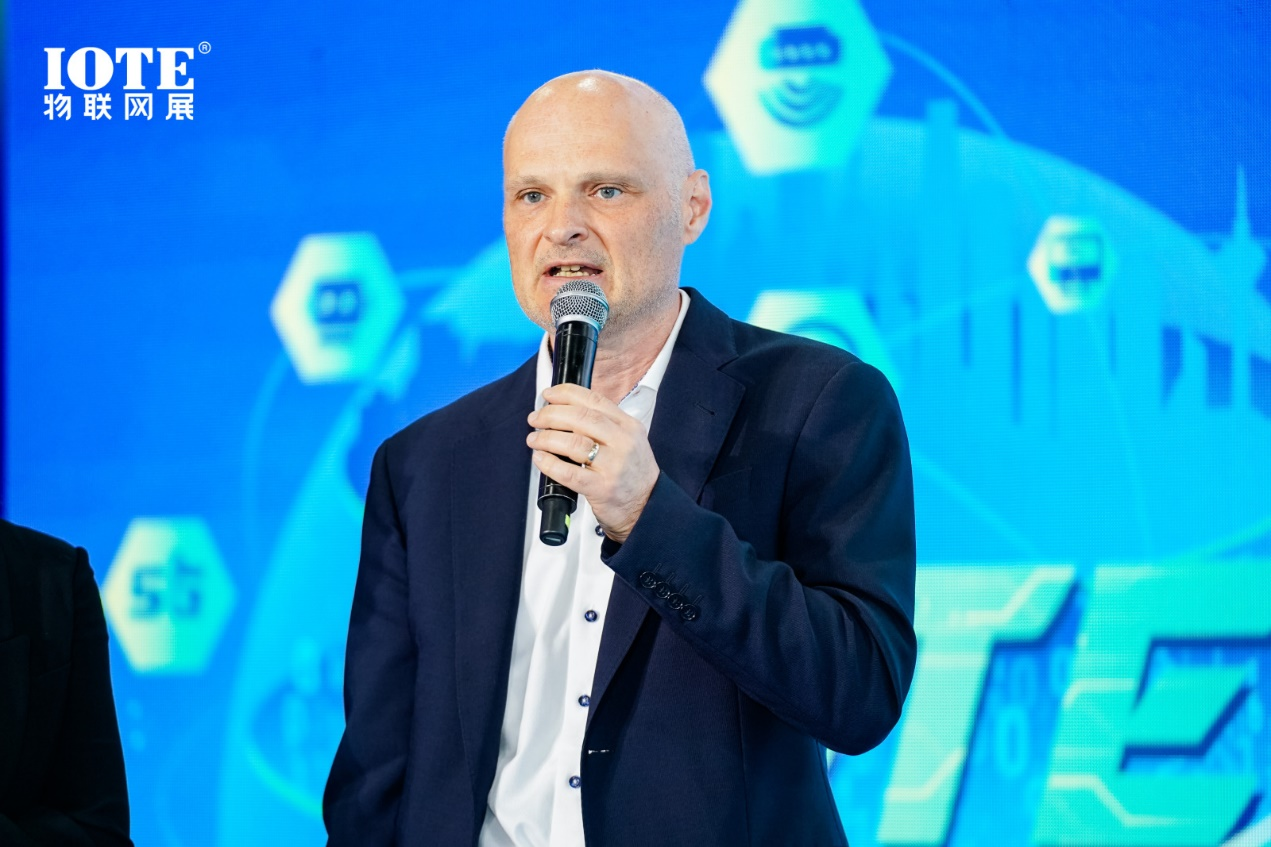
Liu Lei, founder and CEO of Jiaxing Bogan Technology Co., Ltd., summarized that industrial sensors will develop in the direction of miniaturization, integration (multimodal perception), high precision, high reliability, networking, wireless, passive, and intelligent.
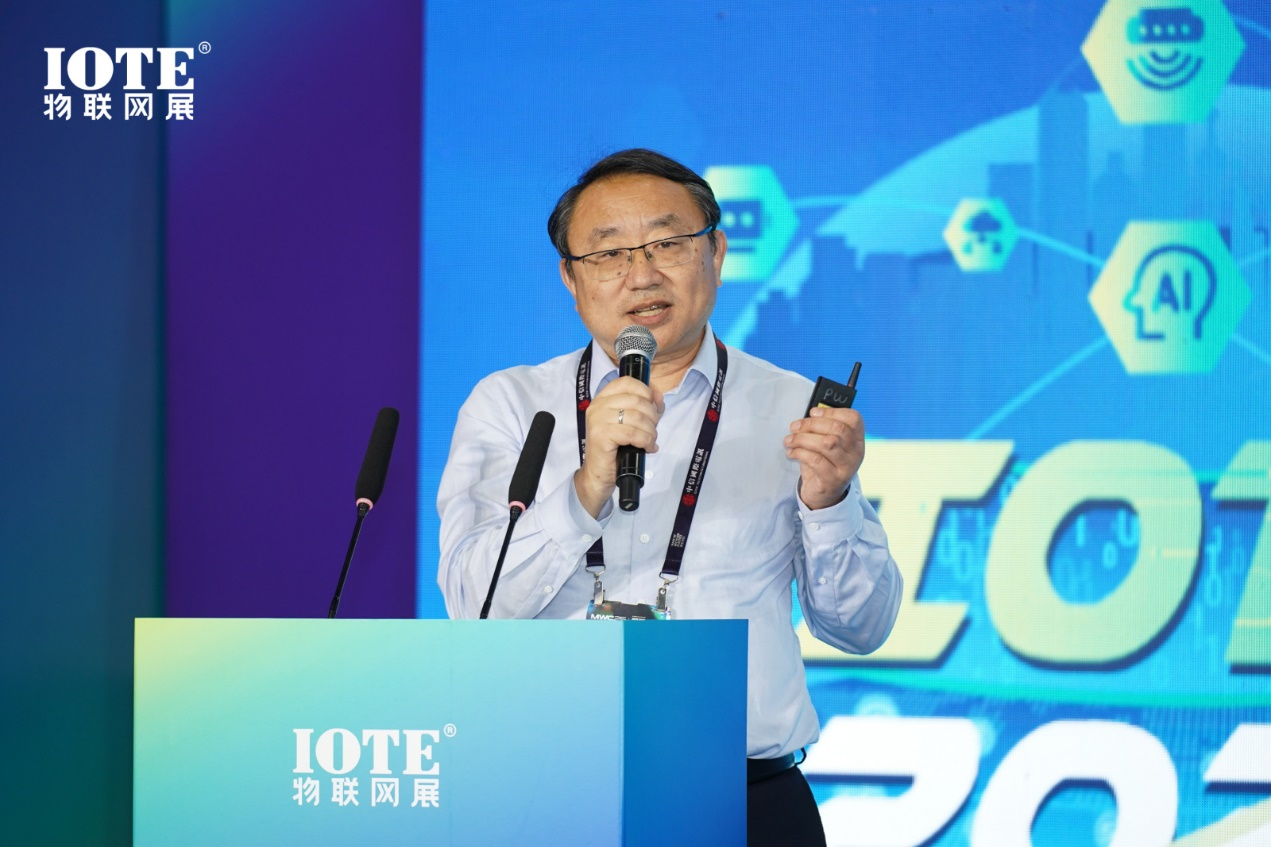
Hu Hao, senior market development manager at Avnet Electronic Technology Co., Ltd., analyzed four reasons why the Internet of Things is important for edge AI, namely, it is conducive to: large-scale data collection, continuous model optimization, life cycle and security updates, and unified system intelligence.
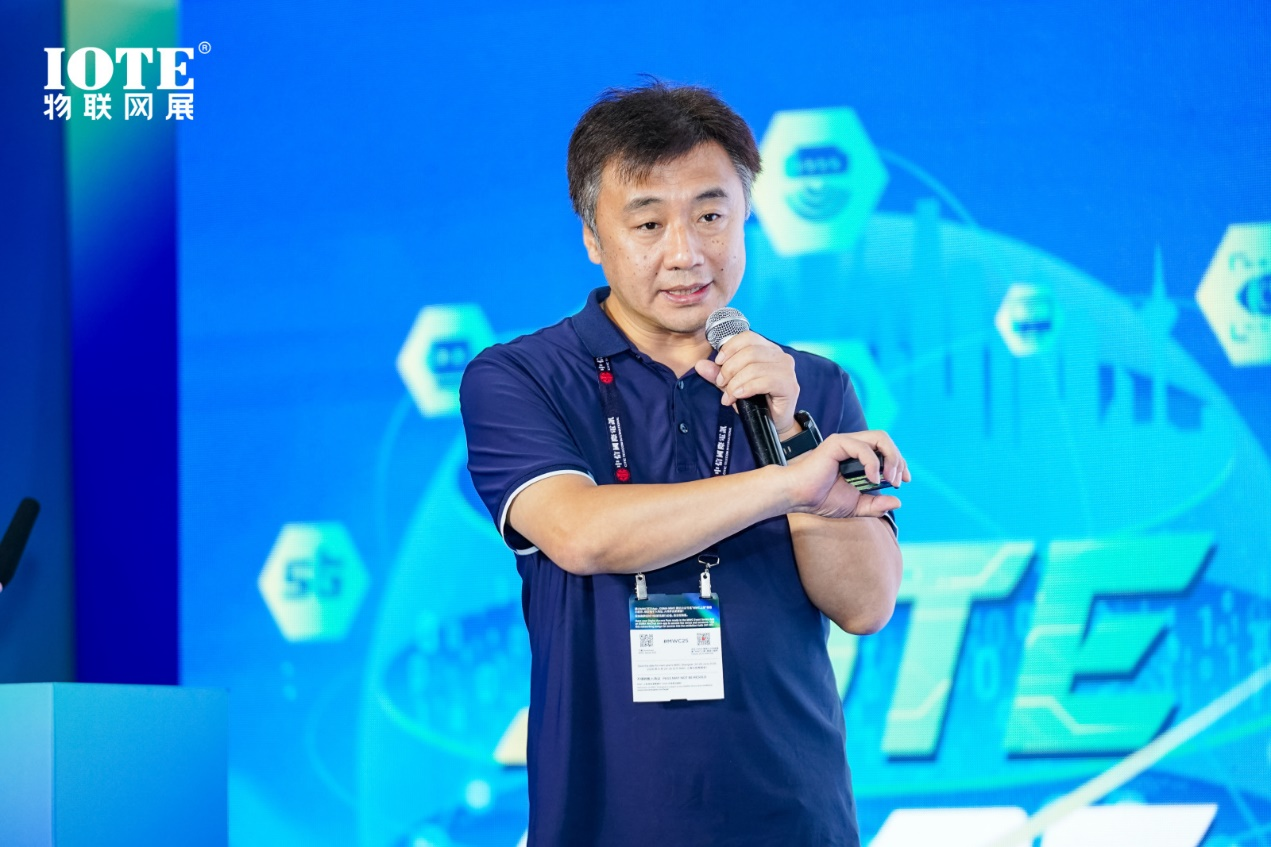
Hu Ren, an IoT solutions expert at Shenzhen Jurui Cloud Control Technology Co., Ltd., talked about the application of smart sensing technology in disease control.
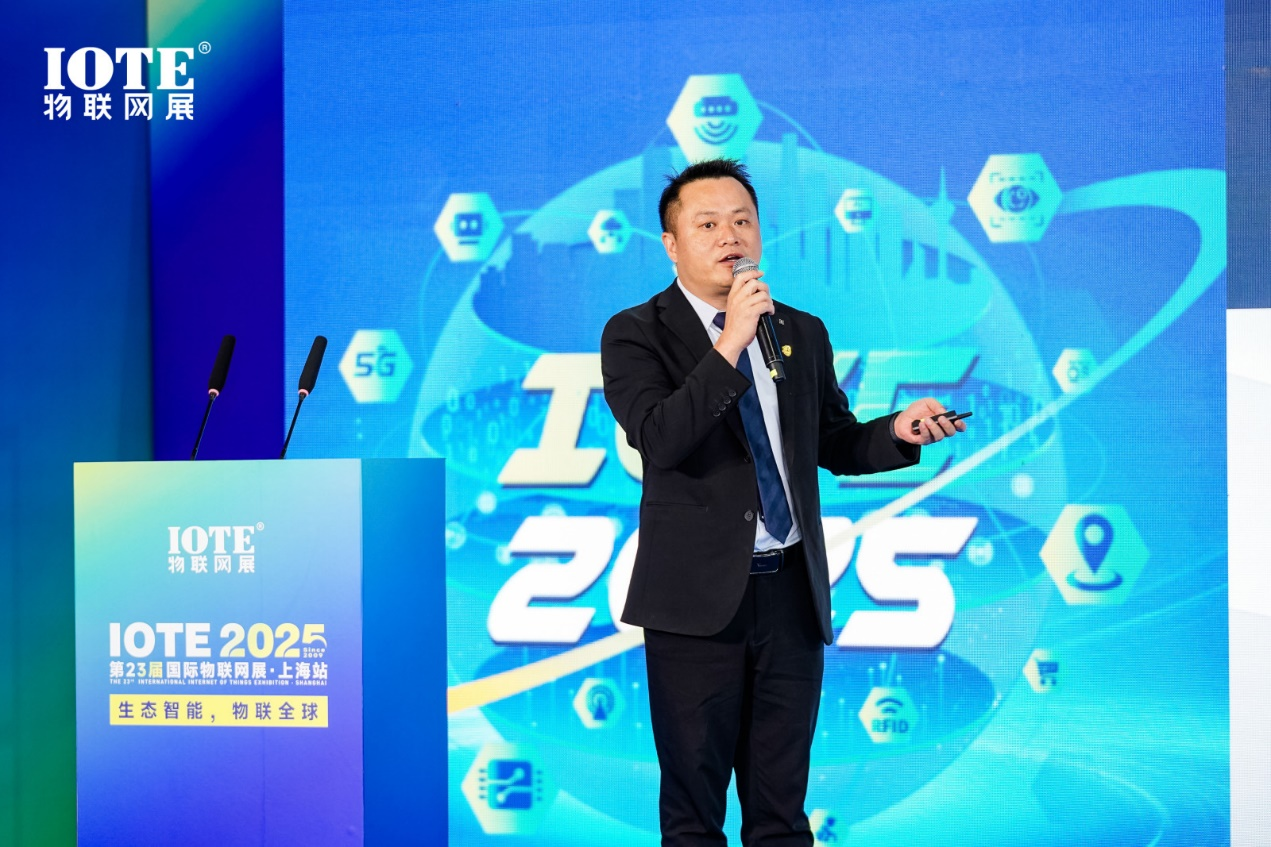
As the IOTE 2025 Shanghai Smart Sensing Ecosystem Seminar came to an end, this exchange feast that brought together industry wisdom and innovative vitality outlined a development blueprint full of opportunities for the smart sensing and Internet of Things industries. In the future, we will continue to expect that smart sensing technology will continue to break boundaries and unleash potential in more segmented scenarios!
This paper is from Ulink Media, Shenzhen, China, the organizer of IOTE EXPO (IoT Expo in China)










